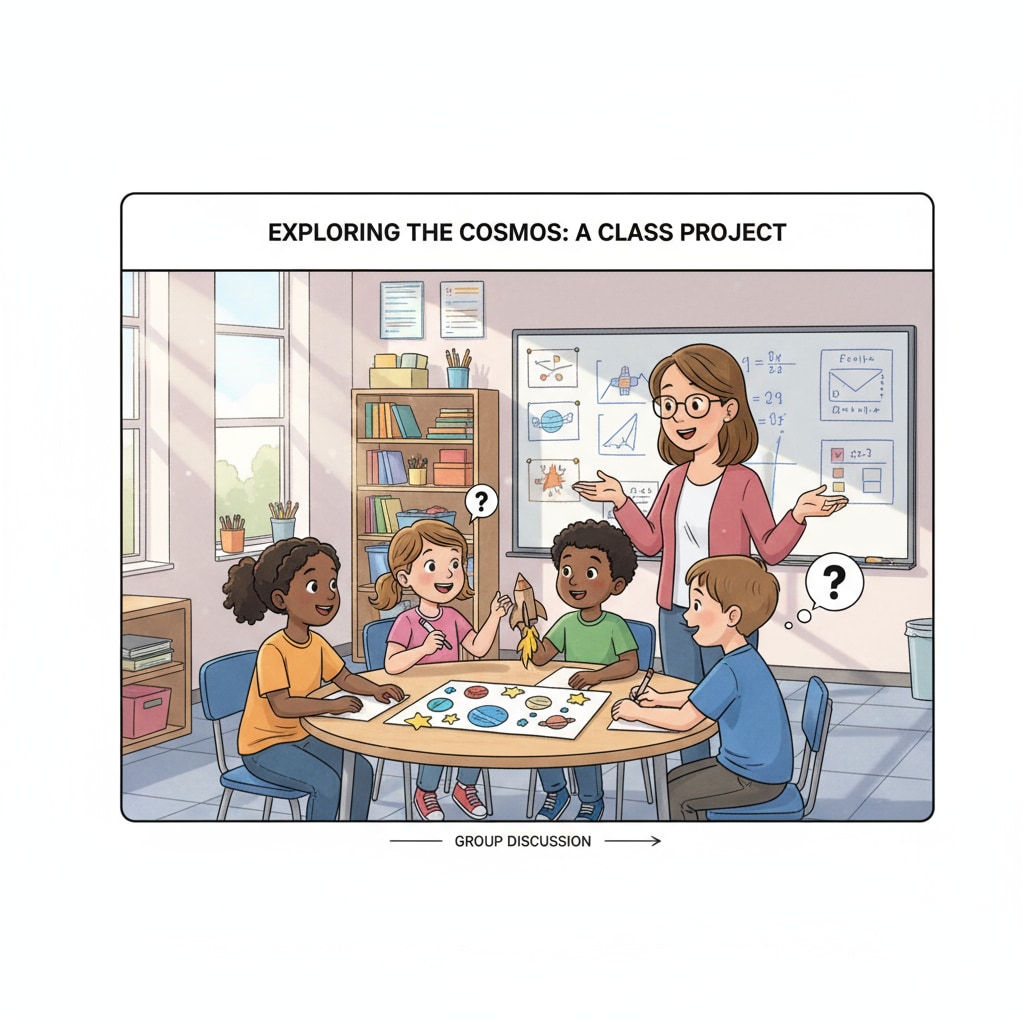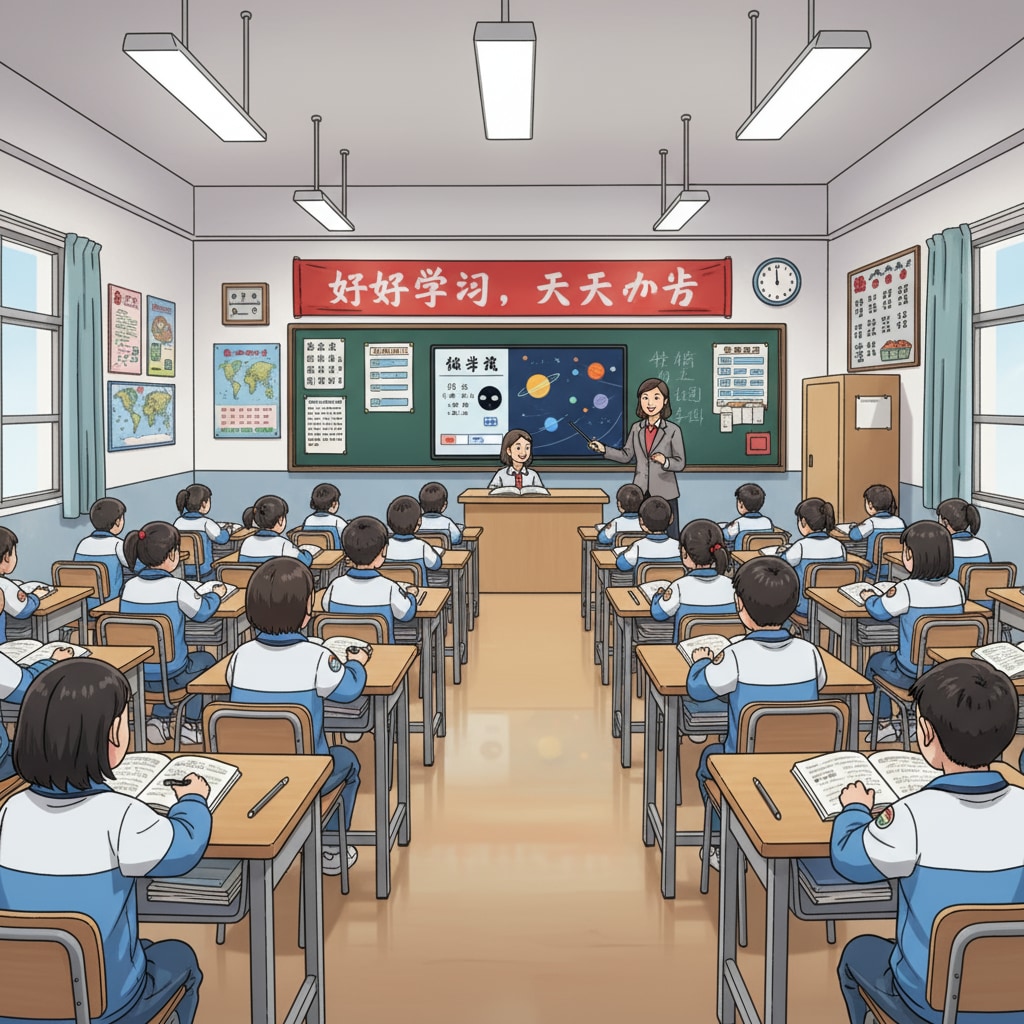The education systems in the United States and China have long intrigued educators and parents alike, especially when it comes to the K12 level. When discussing “education systems, US education, Chinese education, learning pressure,” it’s evident that these two countries take different approaches. The US education system emphasizes individuality and exploration, while the Chinese system focuses on a more structured and knowledge-based learning. Let’s take a closer look at these differences.

Teaching Philosophies: Nurturing Independence vs. Building a Strong Foundation
In the US, the teaching philosophy in K12 education often aims to nurture students’ independence and creativity. Teachers encourage students to ask questions, explore their interests, and develop critical thinking skills. For example, students are frequently given group projects where they need to come up with solutions on their own. According to Wikipedia’s page on US education, this approach is designed to prepare students for a dynamic and competitive society. On the contrary, Chinese K12 education focuses on building a solid foundation of knowledge. Teachers play a more directive role, ensuring students master fundamental concepts in various subjects. This is in line with the long – standing cultural emphasis on academic achievement and respect for authority in China.
Curriculum Design: Breadth vs. Depth
The US K12 curriculum offers a wide range of subjects to provide students with a broad spectrum of knowledge. It includes not only core academic subjects like math, science, and language arts but also electives such as art, music, and physical education. This allows students to explore different areas of interest. In contrast, the Chinese K12 curriculum places more emphasis on depth in core subjects like mathematics, Chinese language, and science. As stated on Britannica’s page about Chinese education, students spend a significant amount of time mastering these subjects to ensure a strong academic base. For instance, Chinese students often study advanced mathematical concepts at a younger age compared to their US counterparts.

Another aspect to consider is the evaluation system. In the US, it is more diverse and includes continuous assessment, such as class participation, projects, and quizzes. This gives students multiple opportunities to demonstrate their learning. In China, the evaluation system is more exam – centric, with high – stakes tests like the Gaokao playing a crucial role in determining students’ future educational paths. This can create intense learning pressure on Chinese students.
Readability guidance: As we can see, the US and Chinese K12 education systems have their own characteristics in teaching philosophies, curriculum design, and evaluation. These differences reflect the unique cultural and social contexts of each country and have a profound impact on students’ development.


